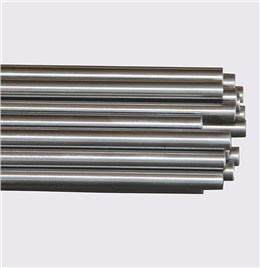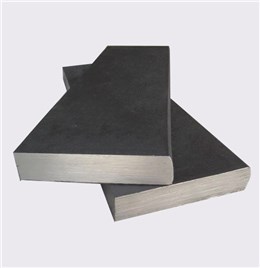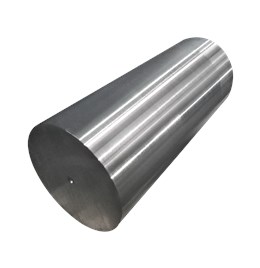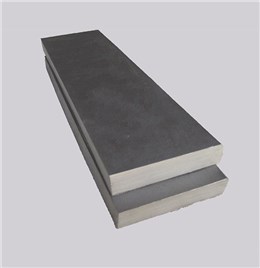Mumetal is a nickel–iron soft magnetic alloy with very high permeability suitable for shielding sensitive electronic equipment against static or low-frequency magnetic fields. It has several compositions. One such composition is approximately 77% nickel, 16% iron, 5% copper and 2% chromium or molybdenum.More recently, mumetal is considered to be ASTM A753 Alloy 4 and is composed of approximately 80% nickel, 5% molybdenum, small amounts of various other elements such as silicon, and the remaining 12 to 15% iron. The name came from the Greek letter mu (μ) which represents permeability in physics and engineering formulae. A number of different proprietary formulations of the alloy are sold under trade names such as MuMETAL, Mumetall, and Mumetal2.
Mumetal typically has relative permeability values of 80,000–100,000 compared to several thousand for ordinary steel. It is a "soft" magnetic material; it has low magnetic anisotropy and magnetostriction,giving it a low coercivity so that it saturates at low magnetic fields. This gives it low hysteresis losses when used in AC magnetic circuits. Other high-permeability nickel–iron alloys such as permalloy have similar magnetic properties; mumetal's advantage is that it is more ductile and workable, allowing it to be easily formed into the thin sheets needed for magnetic shields.
Mumetal objects require heat treatment after they are in final form—annealing in a magnetic field in hydrogen atmosphere, which increases the magnetic permeability about 40 times.The annealing alters the material's crystal structure, aligning the grains and removing some impurities, especially carbon, which obstruct the free motion of the magnetic domain boundaries. Bending or mechanical shock after annealing may disrupt the material's grain alignment, leading to a drop in the permeability of the affected areas, which can be restored by repeating the hydrogen annealing step.
 Global Hotline:0086-29-33669103
Global Hotline:0086-29-33669103
 Kovar Alloy
Kovar Alloy Invar Alloy
Invar Alloy Hiperco 50A
Hiperco 50A Super Invar
Super Invar